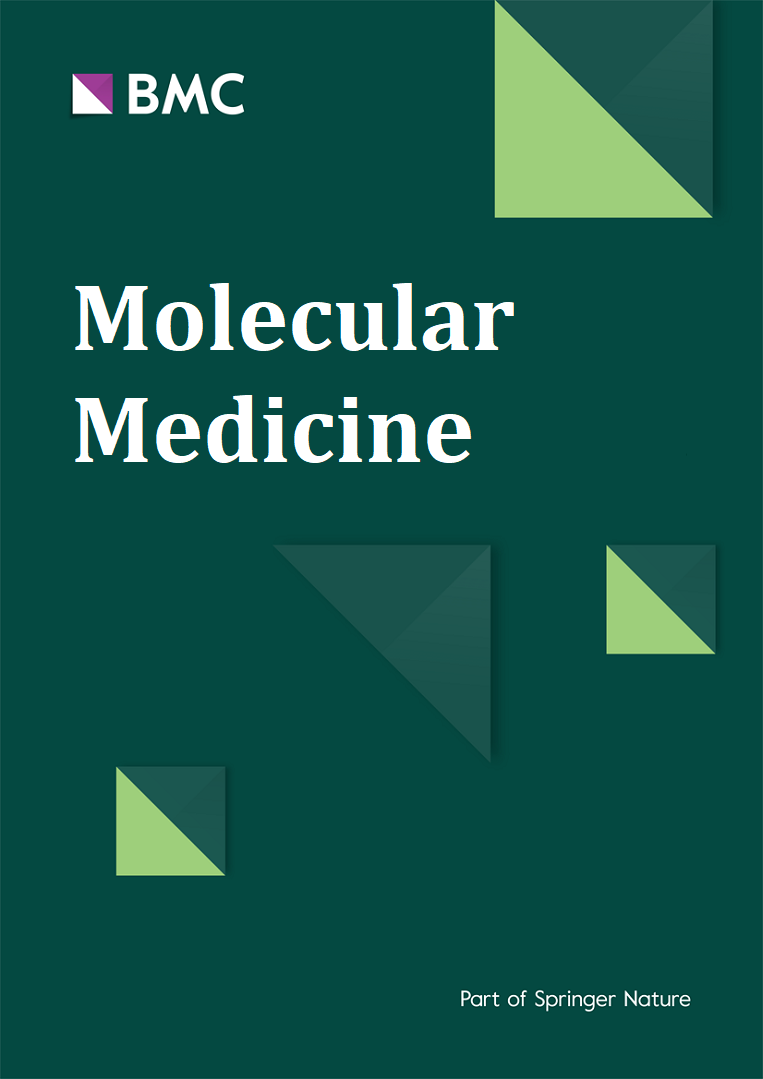SIRT1 介导的 FOXO3 去乙酰化可增强子宫内膜癌的有丝分裂并驱动激素抗性
IF 6.4
2区 医学
Q1 BIOCHEMISTRY & MOLECULAR BIOLOGY
引用次数: 0
摘要
Sirtuin 1(SIRT1)和FOXO3在子宫内膜癌(EC)中的复杂相互作用仍未得到充分研究。本研究旨在揭示去乙酰化酶SIRT1和转录因子FOXO3在子宫内膜癌中的相互作用,重点关注它们对有丝分裂和激素抗性的影响。研究人员利用高通量测序、细胞实验和生物信息学工具研究了SIRT1和FOXO3在EC中的作用和相互作用。共免疫沉淀(Co-IP)试验用于评估SIRT1和FOXO3在RL95-2细胞中的相互作用。功能测定用于评估细胞活力、增殖、迁移、侵袭、凋亡以及相关基因和蛋白的表达。建立了小鼠EC模型,以评估不同干预措施下的肿瘤生长和激素抗性。免疫组化和TUNEL检测法用于评估肿瘤组织中的蛋白表达和细胞凋亡。高通量转录组测序显示,SIRT1、FOXO3与EC的发展密切相关。Co-IP显示了SIRT1和FOXO3之间的蛋白相互作用。SIRT1 的过表达增强了 FOXO3 的去乙酰化和活性,促进了 BNIP3 的转录和 PINK1/Parkin 介导的有丝分裂,进而在体外促进了细胞增殖、迁移、侵袭并抑制了细胞凋亡,在体内增加了肿瘤生长和激素抗性。这些发现突显了SIRT1是EC的上游调节因子和潜在治疗靶点。这项研究揭示了SIRT1通过去乙酰化FOXO3调节EC中有丝分裂和激素抗性的功能相关性的新分子机制,从而为新的治疗策略提供了有价值的见解。本文章由计算机程序翻译,如有差异,请以英文原文为准。
SIRT1-mediated deacetylation of FOXO3 enhances mitophagy and drives hormone resistance in endometrial cancer
The complex interplay between Sirtuin 1 (SIRT1) and FOXO3 in endometrial cancer (EC) remains understudied. This research aims to unravel the interactions of deacetylase SIRT1 and transcription factor FOXO3 in EC, focusing on their impact on mitophagy and hormone resistance. High-throughput sequencing, cell experiments, and bioinformatics tools were employed to investigate the roles and interactions of SIRT1 and FOXO3 in EC. Co-immunoprecipitation (Co-IP) assay was used to assess the interaction between SIRT1 and FOXO3 in RL95-2 cells. Functional assays were used to assess cell viability, proliferation, migration, invasion, apoptosis, and the expression of related genes and proteins. A mouse model of EC was established to evaluate tumor growth and hormone resistance under different interventions. Immunohistochemistry and TUNEL assays were used to assess protein expression and apoptosis in tumor tissues. High-throughput transcriptome sequencing revealed a close association between SIRT1, FOXO3, and EC development. Co-IP showed a protein–protein interaction between SIRT1 and FOXO3. Overexpression of SIRT1 enhanced FOXO3 deacetylation and activity, promoting BNIP3 transcription and PINK1/Parkin-mediated mitophagy, which in turn promoted cell proliferation, migration, invasion, and inhibited apoptosis in vitro, as well as increased tumor growth and hormone resistance in vivo. These findings highlighted SIRT1 as an upstream regulator and potential therapeutic target in EC. This study reveals a novel molecular mechanism underlying the functional relevance of SIRT1 in regulating mitophagy and hormone resistance through the deacetylation of FOXO3 in EC, thereby providing valuable insights for new therapeutic strategies.
求助全文
通过发布文献求助,成功后即可免费获取论文全文。
去求助
来源期刊

Molecular Medicine
医学-生化与分子生物学
CiteScore
8.60
自引率
0.00%
发文量
137
审稿时长
1 months
期刊介绍:
Molecular Medicine is an open access journal that focuses on publishing recent findings related to disease pathogenesis at the molecular or physiological level. These insights can potentially contribute to the development of specific tools for disease diagnosis, treatment, or prevention. The journal considers manuscripts that present material pertinent to the genetic, molecular, or cellular underpinnings of critical physiological or disease processes. Submissions to Molecular Medicine are expected to elucidate the broader implications of the research findings for human disease and medicine in a manner that is accessible to a wide audience.
 求助内容:
求助内容: 应助结果提醒方式:
应助结果提醒方式:


